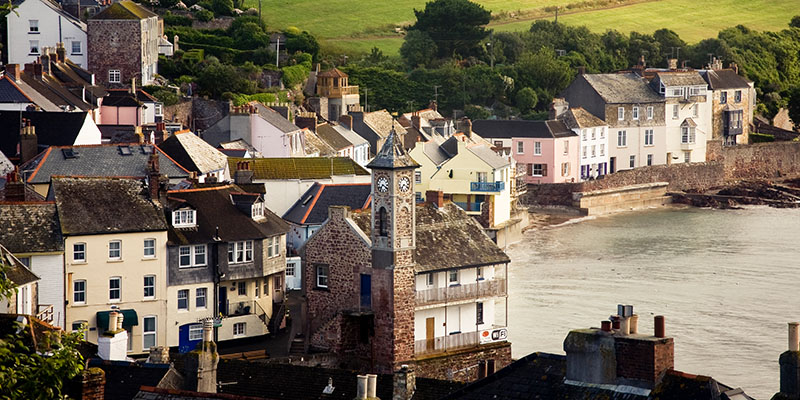
6 Benefits of Masonry Paint for your Property
Masonry paint can be of particular benefit to certain properties based on their location and conditions they are subject to. For example, houses located near the coastline will suffer from the effects of salt (chloride) which can be damaging for the walls and structures of properties.
Masonry paint is a coating applied to your walls that can protect your property from multiple issues such as chloride damage. At EcoSpray-Foam Systems, we provide 2 types of masonry paint, secoFLEX and secoTHERM, both of which can provide ultimate protection to your home from water damage, mould, chloride, algae, dampness and more.
Below are 6 main benefits of masonry paint for your property.
1. Airborne Pollution Protection
Structures located in densely populated areas are subjected to soot, sand, and dust fall-off, especially the facades of properties. Other airborne pollutants stem from effects of acid rain, penetrating masonry pores.
When covering areas, such as facades, with secoTHERM masonry paint, it can fix and adhere to issues derived from airborne pollution, as mentioned above. For a cleaner, more comfortable, and healthier environment, masonry coatings can provide the benefits you are looking for.
2. Algal Growth Prevention
Many homes and properties in the UK fall short when it comes to algae protection. Algae, once airborne can cause health issues to anyone inside, especially over time. With common environmental factors, such as temperature, carbon dioxide, light and moisture, cause algae to spread across properties very easily. Facades are particularly affected by this, and in harsh conditions, can turn green, brown, or red from the impact of algae.
Luckily, the use of masonry paint protection, such as secoFLEX or secoTHERM, you can protect your structures and stop the spread of algae across your property.
3. Efflorescence Protection
The term “efflorescence” commonly describes the crusty-looking white salts that appear on masonry surfaces. This can easily form when water is present on brick, concrete, stone, or many other building materials. The effects of chloride pose an issue for buildings, especially those located in high-chloride areas. In extreme cases, efflorescence causes facades and exterior walls to dry out, flake and crumble.
4. Prevent Cracking
Cracking can occur with water penetration, frost damage and mould growth, if areas are not treated correctly. Cracking can simply be hair cracks or web-like cracks from a mixture of heavy paint and harsh weather conditions. Ideally, you want to prevent your property’s façade and external walls from cracking, weakening the structure and it also doesn’t look very appealing. Some simple coats of masonry paint can prevent the cracking of your exterior walls.
5. Spalling Treatment
Spalling is usually a sign of poor adhesion if coatings to your property have been applied to insufficient firm substrates. The internal stress found in paint will create cracks. Moreover, water can seep into these cracks and eventually create a flaking effect on your structure.
By applying a product such as secoTHERM, you can treat your exterior walls and reduce water absorption by up to 95%. Additionally, secoTHERM will protect your property for over 20 years.
6. Blistering Prevention
Areas that are exposed to moisture absorption and temperature change overtime will become subject to effects of blistering. Frequent cycles of warming to cooling will expose facades and external walls, especially from the weak areas of the substrate.
Blistering on walls look like bubbles in the paint, as it lifts from the underlying surface. This creates an overall weakened surface and is would be best practice to remove it and make sure your areas are coated with masonry paint to prevent it from happening again.


